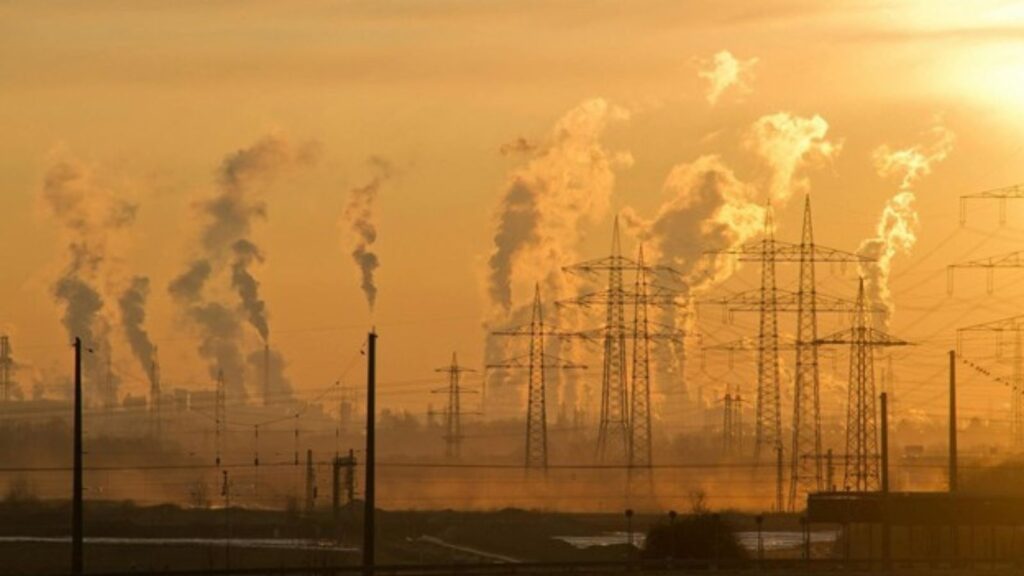Global urban populations must prepare for accelerating climate change which leads to increased temperatures along with more powerful weather distress and rising ocean elevations. The expected 2°C temperature rise worldwide requires cities to utilize innovation for protecting their infrastructure and human inhabitants.
Rotterdam stands alongside Singapore in front as cities which execute innovative tactics to secure their forthcoming generations. This article will focus on Innovations in Climate-Resilient Urban Planning.
Flood-Proof Architecture And Infrastructure
The low-lying Rotterdam city has developed flood walls and water reservoirs alongside floating-built structures that serve as water absorption platforms similar to security firewalls created by qudcss.com/ which helps in mitigating early risks. The Big U Project in New York City creates protective landscapes that will safeguard Lower Manhattan from flooding risks. Cities located near the coastline display extreme vulnerability to the effects of elevating ocean levels combined with powerful storm waves.
Green Infrastructure For Heat Reduction
Urban heat islands have become a growing problem so green infrastructure serves as an essential mechanism for fighting overheating conditions in cities. Singapore uses its nickname of “City in a Garden” to support its initiative which includes vertical gardens alongside green roofs and extensive tree-planting programs for lowering heat absorption. The combined methods reduce heat conditions as they improve both environmental quality and ecosystem diversity.
Ai-Driven Disaster Response Systems
The use of artificial intelligence systems modifies the way cities prepare and manage disaster response. Artificial Intelligence technology operates through early warning systems in Tokyo and Los Angeles which forecast earthquakes together with floods while also projecting extreme weather arrays. AI processing of climate data enables governments to distribute their resources with maximum impact before natural disasters occur.
Water Management Innovations
Smarter water management needs to be implemented at this time because climate change produces both droughts and heavy rainfall events. When dry conditions prevail at Rotterdam’s Smart Water Squares residents can use them as recreational areas until heavy rainfall transforms the spaces into reservoirs. Through artificial intelligence Cape Town operates water conservation systems which optimize reservoir management to stop upcoming water emergencies.
Cities Leading The Climate-Resilience Movement:
Various urban locations implement three key solutions which include green infrastructure with flood-proof construction and AI-assisted disaster response methods in order to reduce risks and ensure resident protection.Cities become more resilient by adopting renewable power systems and localized power networks since these measures enable them to handle disasters.
- Rotterdam, Netherlands – Floating architecture, flood-resistant urban design.
- The city of Singapore implements green infrastructure combined with vertical garden technologies alongside artificial intelligence operated cooling methods.
- New York City, USA – The Big U flood defense project, climate-adaptive parks.
- The city of Tokyo uses artificial intelligence to deliver alerts about forthcoming floods as well as earthquakes.
- Copenhagen, Denmark – Wind energy, carbon-neutral initiatives.
San Diego focuses on building microgrids as emergency power backup systems and Copenhagen enhances its power generation with wind and solar power resources. The combination of initiatives decreases pollution emission rates and enhances power supply reliability.
The Path Forward

Cities need to act beforehand to develop their resilience when climate perils continue to escalate. The survival and advancement in global warming conditions requiring a 2°C temperature rise depend on financial support for smart development and adaptable infrastructure and sustainable energy systems. The future success of cities relies on their intelligence to innovate combined with their adaptability and their construction of durable climate security systems.
The fight against global climate change centers around resilient city development because climate-deteriorating conditions including elevated temperatures and water-level rise and dangerous weather phenomena threaten to overwhelm urban populations. The implemented measures address both current climate dangers and build up lasting societal resilience which maintains urban development against uncertain possibilities.



